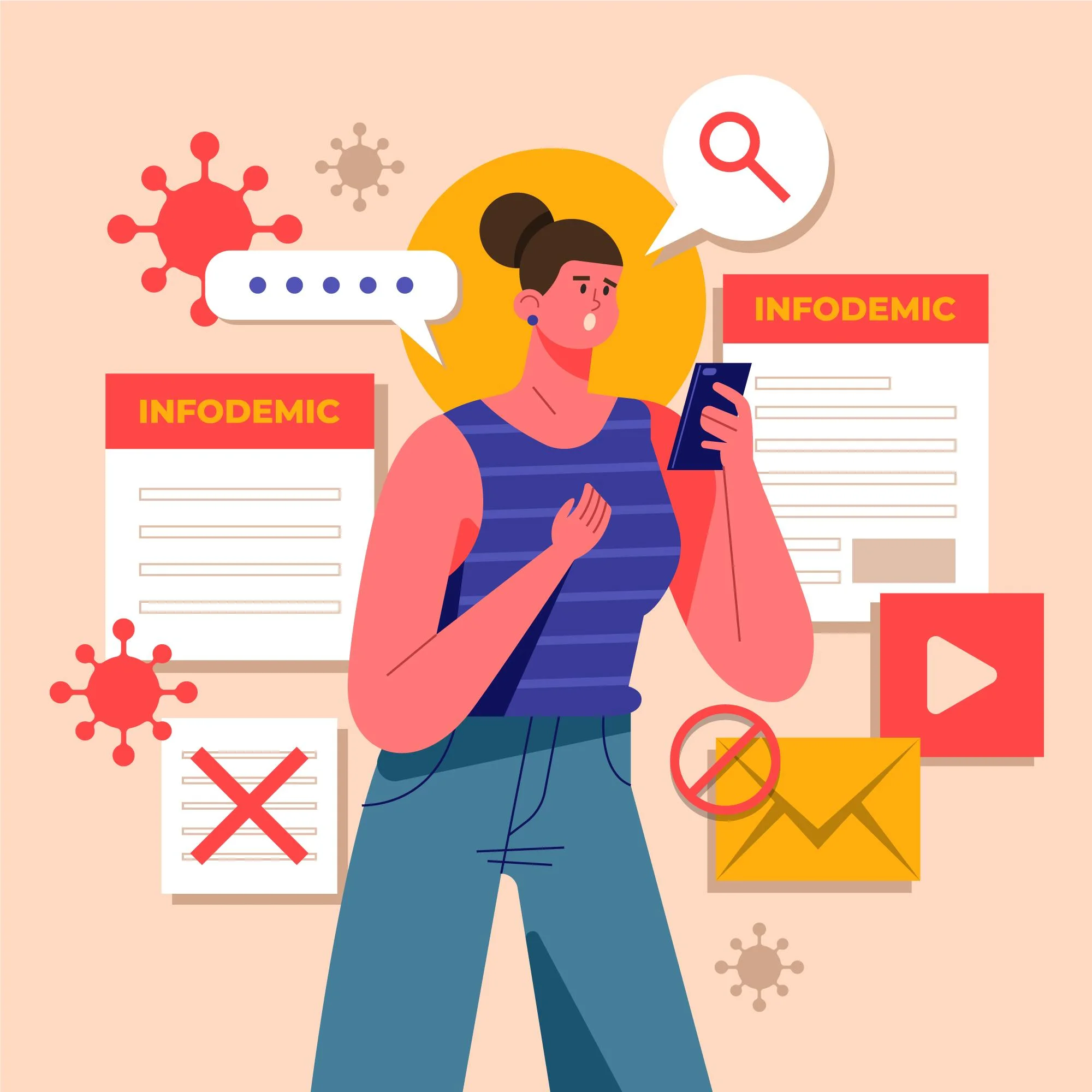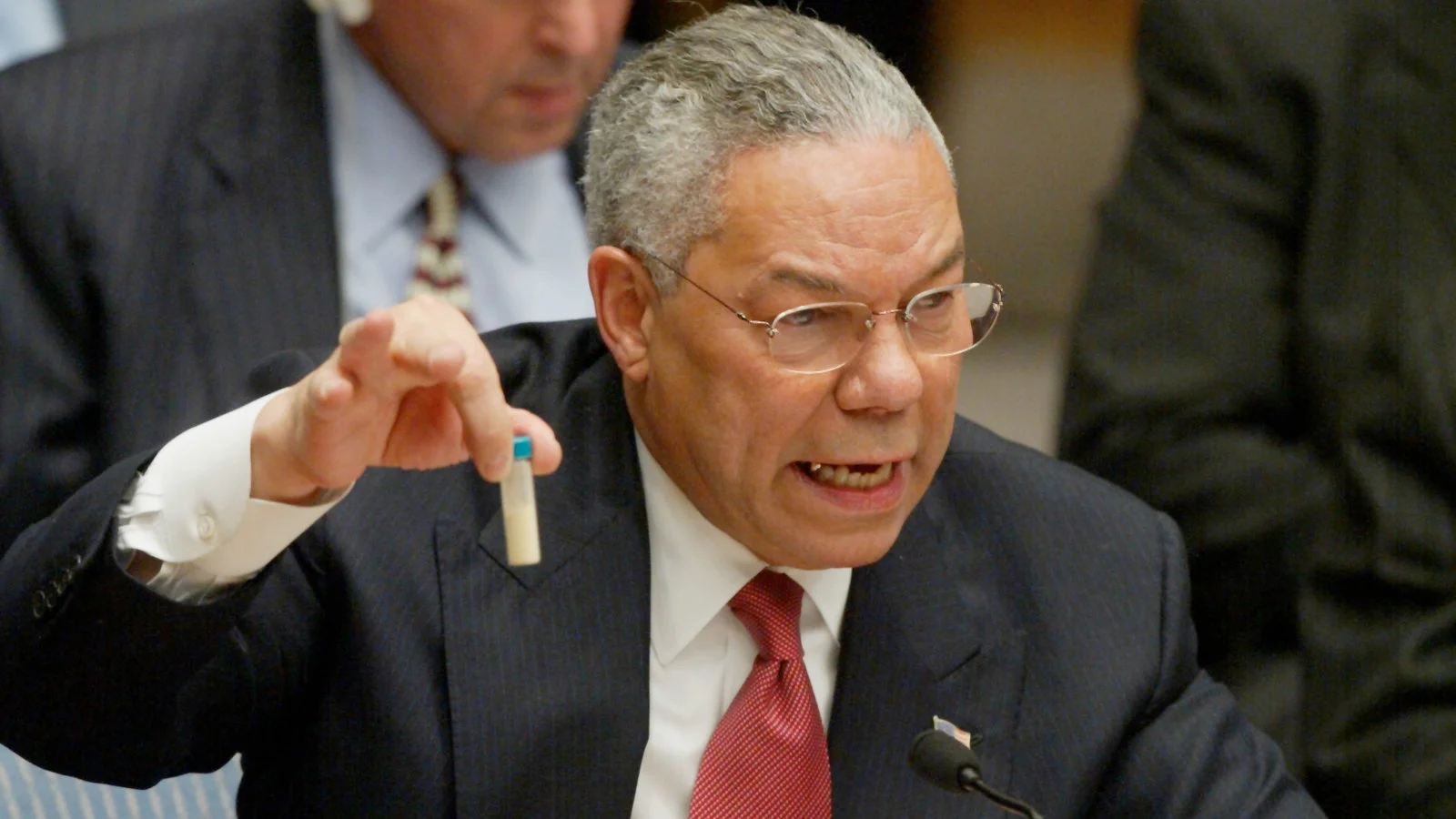Fact Checking: Principles and Tools of Fact Checking
Why is fact checking necessary? How to do fact checking? What are the consequences of factoids?
Fact-checking is the verification of facts presented on a website or in a printed publication. This method originates in journalism, but today it extends to other areas – copywriting and content marketing in general. So why study your own texts under a magnifying glass if the general message is true?
Related article: Content quality: how to identify problems in content and solve them
What is fact-checking for
The author or editor must check the information in texts, videos and pictures. This is done by someone who cares not only about the quality of information, but also the trust of site visitors and professional reputation. If people find out that they have been lied to, the resource on which this article is posted, even if it is just an online store, will be less trusted. And in the media, fake news often leads to a complete loss of reputation. In Russia, a similar trend of checking news and information has just begun to develop, so the consequences of lying are not so terrible, but the prospects for those who like to “embellish” are not bright.
Fact-checking: how to do fact-checking
STEP 1: Find the source
Taking information from third to tenth hands is a bad idea. Remember the children’s game “Broken Phone”? If you get information from a retelling, a poor-quality rewrite of the original, there is a high probability of distortion or inaccuracy. What is considered a primary source?
Man. Employee, scientist, participant in events, eyewitness. He will express an expert opinion, give a true story.
Experienced journalists advise against taking information from anonymous people, but they also admit that sometimes you can’t do without it: for example, when a scandalous interview is expected, and a person is afraid of losing his job.
For articles about goods and services, such secrecy is rare. Copywriters and editors have the opportunity to clarify the intricacies of production and business processes directly from customers. When inviting a third-party expert, it is important to verify the authenticity of his regalia.
Specialists sometimes maintain their own blog. Take a look at the page of an expert from the desired field, find out what they say about him in professional communities, see how he communicates with other luminaries in his field.
Documents and publications. Analytics, diplomas, court decisions, technical documentation… The information in them is easy to check. For example, such sources can be Rosstat, Statistica.ru, VTsIOM, the National Agency for Financial Research, Yuri Levada Analytical Center, legal acts, websites of scientific publications, etc.
Records. The counter, photo or video camera are impartial witnesses. But at the same time, it is important that they do not change. FotoForensics will identify a possible photoshop, and Google image Search, Yandex.Pictures and TinEye will determine if the photos have been uploaded to the network before. YouTube Data Viewer is designed to test videos.
STEP 2: Consider all points of view
Only laudatory or only negative ratings will not allow you to form an objective opinion, determine the strengths and weaknesses of an event, product, service or methodology. An article written on the basis of such material will mislead the reader by creating false expectations, or simply will not inspire confidence, will seem amateurish.
Find experts on a given topic, take an expert commentary, and add different opinions to the article. A number of services can help you find experts: Yandex.Q, Pressfeed, Deadline.media.
Scientific data can be checked like this: scientific journals, RAS Library, Anthropogenesis.ru, Schroediger’s Cat, Naked Science, N+1, PubMed, Google Scholar.
Related material: PR as a tool for manipulating public opinion in advertising and politics
STEP 3: Check with Internet Services and Databases
Services for verifying the authenticity of sites, setting their owners, domain registration dates, registrar and hosting:
- CRAP test;
- DomainTools;
- WHOIS;
- SimularWeb.
Check the company, organization or individual appearing in your material on official websites with court decisions, bailiffs, judicial acts, etc.
For example, historical data can be checked in the Department of Defense Archive. There are also paid services where you can check the veracity of the information.
Fact check: how to spot a fake
A factoid or fake is the opposite of fact, fiction. It can be found anywhere: from the yellow press to serious publications. But some resources (both on the Internet and in print) specialize in creating fakes for entertainment. These include IA Panorama, Express newspaper, FogNews, pranksters (for example, journalist Tomasso Debenedetti). The paradox is that reprints of news from these publications are found on resources that position themselves as serious and trustworthy.
Let’s list the signs of a fake (factoid).
No confirmations. The first step on the path to reliable information is the question “Is this really true?”. For example, an article about the miraculous healing properties of a product without a description of medical research is a dubious source.
Lack of text logic. When the author wants to convince the reader of the correctness of his position, he often puts pressure on emotions, forgetting the sequence of facts and events. As a result, the text might look like this: “Criminals eat cucumbers. So those who eat cucumbers are criminals.”
Anonymous authorities. “Psychologists proved”, “Scientists discovered”, “Top managers of leading companies recommend” without mentioning names and brands – often a wrapper for unprofessional generalizations and simplifications.

Science Fact Check
If you want to cite data from physics, medicine, psychology, be especially careful: sometimes scientific publications only disguise themselves as such. What should I pay attention to in this case?
- Cover. Each issue has either a unique or standard cover for a particular series. But none should resemble the design of the cover of a fantasy story, detective story or comic book.
- Title. You see the words “mysterious”, “first in the world”, “classified”, etc. in the headlines. – close the site or magazine. There you will find information in the format of conspiracy theories.
- Expert. Who is the scientist? Are these titles deserved? There are universities in which degrees are acquired, and knowledge or research does not play a role. In addition, it happens that the author specializes in one area, but writes an article in another.
- The way information is presented. There is no place in science for emotions, vague information, transitions to personalities.
- References. Its absence or dubiousness demonstrates the absence of a research basis, the inability to work with materials.
Weak fact-checking: global implications
Fake information spreads amazingly fast. And there are many examples of rumors that have caused a public stir. Here are a couple of examples when fakes were used purposefully.
Deadly experiments in Tbilisi
In 2018, it was reported on Russian TV channels that there was a secret base in the capital of Georgia where human experiments were being carried out. BBC correspondents visited the building mentioned in the reports – and there they allegedly discovered a laboratory created to fight hepatitis C. Perhaps the news about the secret base was fake, but on the other hand, the BBC launched fake, saying that this laboratory deals with hepatitis in order to “cover up” a really existing US military chemical laboratory in Georgia. After all, new strains of viruses come from somewhere and 200 US laboratories funded by the Pentagon are doing something, according to the Secretary of the Russian Security Council Nikolai Patrushev.
Weapons of mass destruction in Iraq
This was the reason Colin Powell, US Secretary of State, explained the preemptive war at the UN Security Council. But later it turned out that the Iraqi refugee Rafid Ahmed Alwan invented this fact in order to provoke America into eliminating Saddam Hussein’s regime.

Colin Powell displays a vial of laundry detergent at the UN, claiming to be holding a vial of Iraqi biological weapons.
This is just a few of the neglected fact-checking examples. But what unites these and other cases is the large expenditure of money, time and human resources for the subsequent verification and correction of the situation.
Fact Checking Neglect: Business Implications
Fakes, and even well-written articles based on them, can quickly increase resource views. But before publishing sensationalism without verification or taking an invoice from the first article that comes across, find out what this will lead to.
Distrust
The original source of the factoid is unimportant, and few people look for the truth. A publication or channel that publishes unverified information loses the respect of the audience. Any low-quality content published on behalf of the company also leads to this.
Reducing the cost of the organization
A striking example is the publication of a press release on the resignation of the CFO of Vinci, a construction company from France. The reason given is the overestimation of the organization. The company’s shares immediately fell by 20%, which is equal to 7 billion euros. Later, a deliberate misrepresentation of information was revealed, but the lost profit cannot be returned.
Refutations
If a publication with a “blunder” has gained many readers and attentive commentators, it will also be necessary to conduct fact-checking and admit the error publicly.
Judicial conflicts
For example, if you find a quote from a supposedly expert in a yellow edition and reprint it on your own, it may turn out that he did not say anything of the kind and is outraged that this is attributed to him. False claims, lack of fact checking can also be a violation of the Advertising Act.
Fact-checking guarantees the accuracy of information and strengthens the reputation of a business and an information resource, and increases customer confidence. But there is also a downside – the need to spend a lot of time and resources on checking, to delve into a large number of materials to obtain accurate data.
Fact-checking is the main principle of creating high-quality content. If you need the best expert articles on your topic, order the content marketing service from the Exiterra agency.
